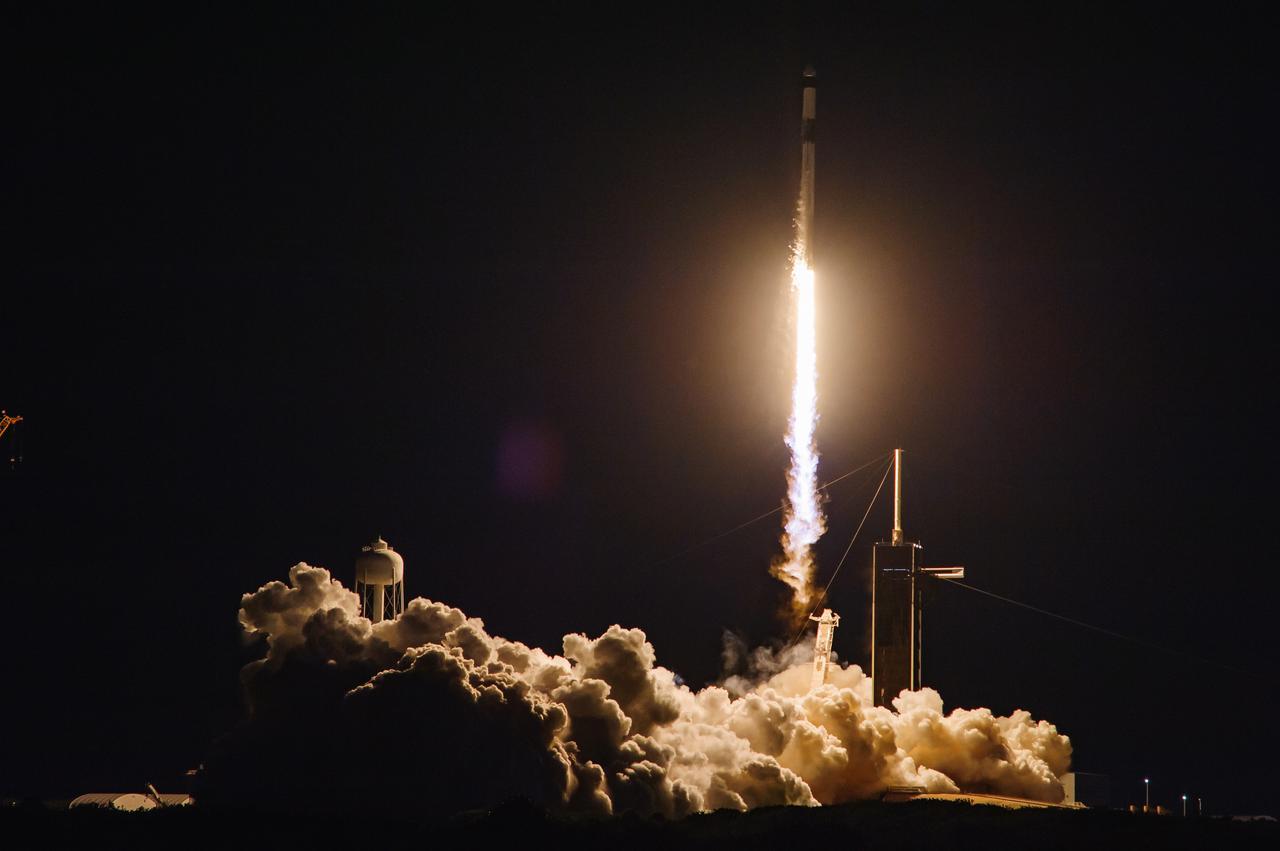
KSC
HOUSTON—As NASA’s space shuttle program drew to a close in July 2011, the agency’s Kennedy Space Center (KSC) looked to become a world-leading multiuser spaceport.
It is a goal its leadership intends to continue striving for with recommendations offered by the National Academies of Sciences, Engineering and Medicine’s NASA Mission Critical Workforce, Infrastructure and Technology Committee.
Earlier this week, the Eastern Range at Cape Canaveral, Florida—which KSC shares with Cape Canaveral Space Force Station—logged its 66th rocket launch for 2023. This is up from a previous record of 57 in 2022 and on a trajectory to surpass 100 launches in 2024, Janel Petro, KSC’s director, told the committee during the Nov. 28 opening session of the two-day meeting.
Under 2022 congressional authorization, the 13-member committee chaired by Norman Augustine is entering the final stages of preparing a report sought by lawmakers assessing NASA’s coast-to-coast human resources, infrastructure and technology capabilities to support future objectives. Those objectives include transitioning NASA’s human exploration focus to the Moon and Mars with international partners and working with the commercial sector to grow the space economy.
“We’ve visited all the major NASA facilities now. This is the final one,” Augustine said Nov. 28. The day-long session got underway at KSC with virtual access to a discussion session with the field center’s leadership. “We are at that stage where we are soon going to begin writing,” he said.
Much of the questioning was directed to Petro and focused on the highest ranking mid- and long-term concerns.
“Two things come to mind. One is workforce skills and recruiting and maintaining those skills and a skilled workforce here to support not just NASA missions, but the commercial ecosystem that has been built here,” she told panel members. Their professional backgrounds include commercial, military and civil space activities.
“That is the top priority. And secondly—and we have talked extensively about this—but the infrastructure that will be able to support the capabilities that will be needed in the future based on all the forecasts. We do not want to be the reason that somebody cannot launch. We rapidly feel like maybe we’re going to breach capacity, and we want to make sure we keep pace with the growth of the industry down here.”
Petro noted the average age of the KSC’s civil servant workforce, 47, its diversity and the high rating that workers have provided in a “best to place to work” survey. Nonetheless, she expressed concerns for a workforce that is experiencing losses after recruiting and training new personnel.
KSC is responsible for launching critical and still-maturing elements of the Artemis program, which is to establish a sustained human presence at the Moon to prepare for human expeditions to Mars. Launch preparations include managing the rocket propellant loading and dealing with scrubs and weather delays. This can include countdown rehearsals and contingency training as well as the actual launch—activities that require demanding work schedules.
Attracting skilled personnel will continue to be a challenge, she predicted. “You don’t overnight become a cyro engineer. It takes some time to understand the systems in order to get a trained, certified workforce,” Petro said.
Among her recommendations were a more robust NASA workforce recruitment strategy. This would include job fairs, the prospect for technical training and a strategy that accelerates the skill assessment of applicants and the job offer process compared to the aerospace industry.
“It is nowhere near what it needs to be in order for us to compete with the SpaceXs, Blue Origins, the Jacobs and Boeings of the world, who really move a lot quicker than we do,” Petro told the panel.
She also noted that each of NASA’s coast-to-coast field centers have different roles in space exploration and science and will likely have to tailor their workforce recruiting strategies individually. The agency should also strive to make it easier for its workers to move from one field center to another in response to needed job skills, she added.
“We should have a very nimble and agile workforce and be able to take advantage of the resources and skills across the agency,” Petro said. “And that is not very easy to do today.”
